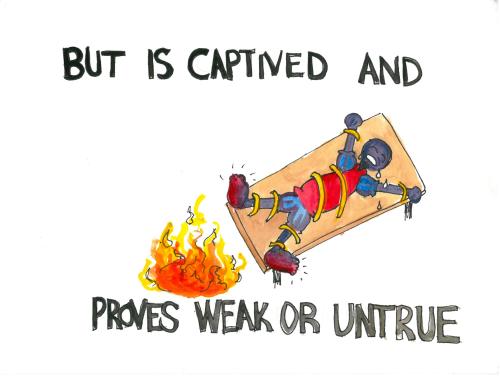
The libretto that tells the story was done by Peter Sellars and was taken from declassified government documents of the Manhattan Project. It is the story of the first atomic bomb test done by the Manhattan Project in 1945. This opera, like others that John Adams has done, is based on true events in human history. Atomic was premiered in 2005 by the San Francisco. Reason, your viceroy in me, me should defend,īut is captiv'd, and proves weak or untrue.Dr. Your force to break, blow, burn, and make me new. That I may rise and stand, o'erthrow me, and bend government documents and communications among the scientists, government officials, and military personnel who were involved in the project. The text for the best known scene, Batter My Heart, comes from the Johne Donne sonnet of the same name.īatter my heart, three-person'd God, for youĪs yet but knock, breathe, shine, and seek to mend Much of the text from the opera was adapted from declassified U.S. Libretto by Peter Sellars based on original source material. There is an eerie silence, and then an era begin Another warning rocket goes off, and at zero minus 60 seconds, a third one signals the final countdown. Then the storm breaks, and the sky over Ground Zero suddenly clears. At zero minus ten minutes, a warning rocket is fired and a siren sounds. Suddenly, the night sky is filled with a terrifying vision of Vishnu as described in the Bhagavad Gita. Everyone waits, each absorbed in his own thoughts. With the rain still coming down, Groves disregards all warnings about the storm, and Oppenheimer orders everybody to prepare for the test shot at 5.30 A.M. As panic takes hold, Oppenheimer faces his own personal crisis alone in the desert, recalling a sonnet by John Donne that inspired him to name the test site ‘Trinity’: Batter my heart, three-person’d God. On the night they must test the first atomic bomb a massive electrical storm lashes the site. Oppenheimer finds some rest in the poetry of Baudelaire as his wife, Kitty, contemplates the contradictions of peace, war, and love.

Scientists at Los Alamos are divided regarding the moral and social implications of their work but pressures from Washington drive the project forward. Robert Oppenheimer and Army Commander General Leslie Groves. Work on the atomic bomb approaches its culminating point, led by physicist J.


 0 kommentar(er)
0 kommentar(er)
